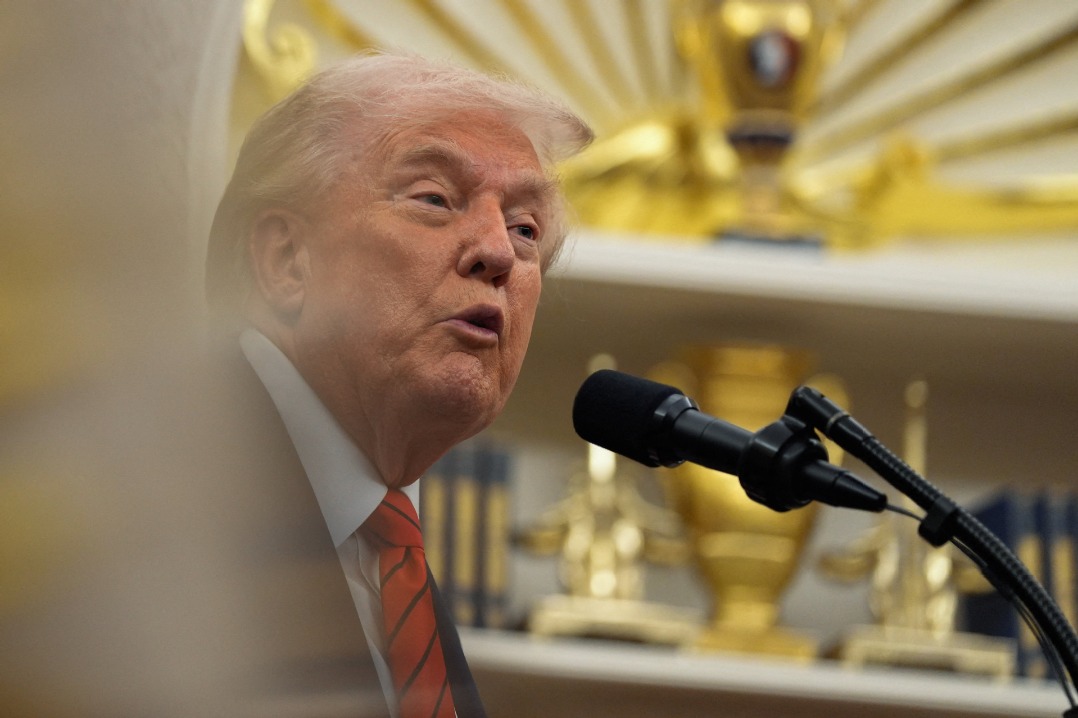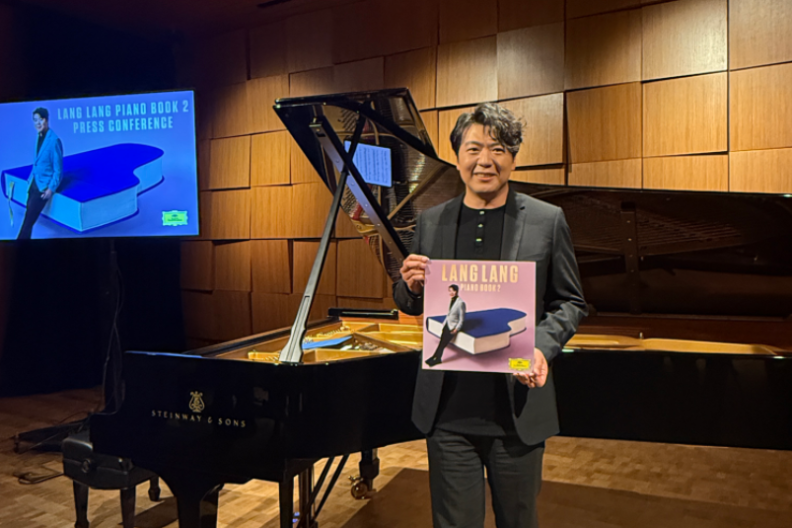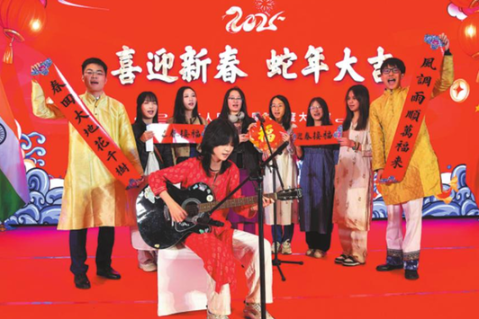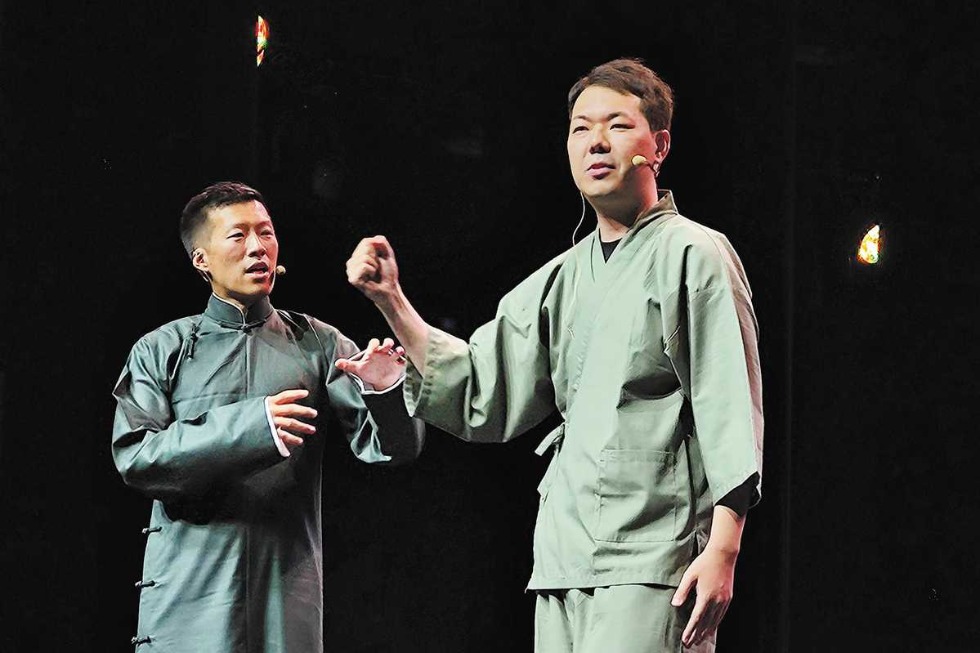Experts see complementary strengths in AI development between US, China


Technology experts say the United States and China are pursuing different, complementary paths in artificial intelligence, creating opportunities for cooperation on safety and adoption despite political tensions.
"AI is a global race and a key technology that will transform many industries. In the United States, much effort has gone into foundational models. In China, there has been strong progress in inference and reasoning, which drives applications," said Eric Chan, chief public mission officer of Hong Kong Cyberport, a digital tech hub and AI accelerator.
"Each side has its strengths. Historically, China has been effective at applying technologies to improve people's livelihoods and business operations, and we also recognize the importance of investing in foundational models," Chan told China Daily during a recent visit to Silicon Valley.
Chan led a delegation of young entrepreneurs and innovators to Silicon Valley for meetings with investors and accelerators.
"Many of our entrepreneurs work on developing smart living solutions, and most are using AI to enhance their products and services," he said.
Graham Webster, editor-in-chief of the DigiChina Project at Stanford University, shared a similar view in a recent Tech Policy Press podcast.
He noted that China is producing "very powerful models coming out of Chinese labs", citing Deep-Seek, Alibaba's Qwen and Moonshot AI.
He mentioned a "different mentality" in China, where the discussion has been more focused on applying AI systems and machine learning techniques to upgrading various types of industries.
The US debate is mostly around large models, catastrophic risks and the potential for artificial general intelligence or superintelligence, he said.
"When you go into a space labeled AI in China, you're going to hear more about manufacturing or power system optimization than you might hear in a US space labeled AI," said Webster.
He added that the two sides maintain competitive perspectives, but that competition was not the focus of China's recent policy moves.
China's development-focused approach is evident in the Global AI Governance Action Plan released in July at the World Artificial Intelligence Conference in Shanghai.
Inclusive framework
The plan calls for an inclusive, multi-stakeholder framework that promotes cross-border data flows, open-source models and wider benefits for developing countries. This contrasts with the Donald Trump administration's AI Action Plan, which prioritizes strategic rivalry and technological dominance.
Addressing concerns in the US about Chinese-made AI, Webster suggested it's a "xenophobic" reaction rather than a technical one, because what users care about is whether an AI system works rather than where it is built.
The larger strategic concern, he said, is how any highly capable model could amplify military, cyber and biological risks, which creates "a common interest" in cooperation on safeguards.
Chan echoed the call for collaboration across the AI stack, from computing and data to models and applications.
"This is about collaboration. No one can do it alone. The AI stack has multiple layers. We need systems integrators to translate models into real-world applications and drive adoption," he said. "Our approach is to work with different stakeholders to build a comprehensive AI ecosystem that helps more companies work together."
Chan said their goal is to connect innovation ecosystems in China and Silicon Valley and to enable the free flow of capital, talent and information.
He said startups in Silicon Valley were "very positive" about expanding globally and he encouraged them to tap into the "Shenzhen-Hong Kong-Guangzhou" innovation cluster for their Asian expansion plans.
The "Shenzhen-Hong Kong-Guangzhou" innovation cluster is ranked first in the Global Innovation Index 2025, while the San Jose-San Francisco cluster in the US holds third place, according to the World Intellectual Property Organization.
The WIPO report also shows that China leads the world with the highest concentration of the top 100 innovation clusters, followed by the United States.
Amid geopolitical tensions, Chan said the two countries' innovation ecosystems should continue to cooperate.
"Geopolitics may make some investors cautious because of uncertainty, but at the end of the day we are focused on business. Decisions should be commercial," he said.

































